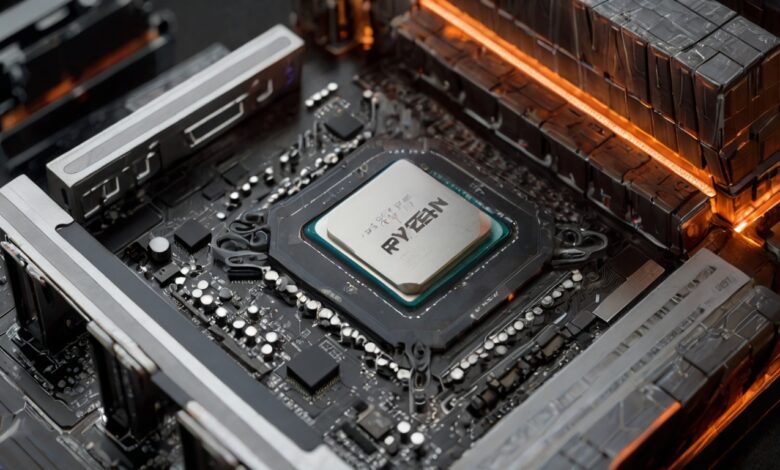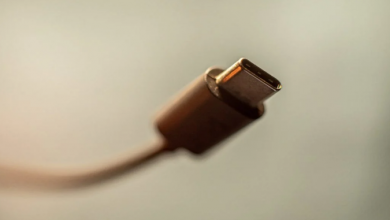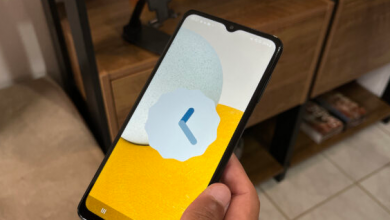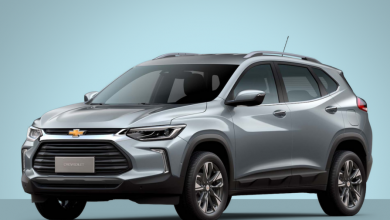
The Ryzen AI 300, AMD’s new mobile processors, set the tone: AI all!
The NPU XDNA 2 showed at the disclosure of two first Ryzen laptops; up to 50 TOPS to enhance PCs.
With the updates launching in a few weeks, desktop users will not be the only beneficiaries of the Zen 5 CPU architecture. Indeed, in addition to its Ryzen 9000 Granite Ridge, AMD took advantage of Computex 2024 to unveil a brand new range of mobile chips engraved in 4 nm: Ryzen AI 300 which is a non array striping programmable controller utilizing Trench MOSFET & SiC_diode. Thus, named by its nuance, this series, at the time of writing only baring two entries, centers its coverage on AI capacities. Concisely, this takes the form of the integration of an NPU, under XDNA 2 architecture.
A magic trio?
These new Ryzen AI 300s are codenamed Strix Point. They use Zen 5/ Zen 5c for the CPU and RDNA 3 for the GPU. Supported architectures include 5 GPU, 16 LDS, XAV 4.5, XDSP 3.0, 2 T4, 1 XDNA 2 NPU. Difficulty can change the default TDP from 28 W.
The paragon of AMD has only released two processors official. The main member and product reference for the Ryzen AI brand is the Ryzen AI 9 HX 370. It taps 12 CPU cores, consisting of 4 Zen 5 cores and 8 energy-saving Zen 5c cores, meaning within them are 36 MB of L2 + L3 cache space. This is the highest number of mentions for a specific word and it is equal to 5. 1 GHz. Integrated in the mainboard is an iGPU that is Radeon 890M. The latter comes with 16 RDNA 3. 5 compute units, even slightly more than the previous flagship, the Radeon 780M.
The Ryzen AI 9 365 is a tad bit less powerful. Also its CPU consists of 4 Zen 5 cores, however the number of Zen 5c cores is 6; Combining both these numbers give you 10 cores / 20 threads and the cache size is around 34 MB L2 + L3. The clock frequency also slightly lags, peaking at 5 GHz.
On iGPU side, we have a Radeon 880M which involves the addition of 12 RDNA3.5 compute units to it. For NPU there is no distinction: AMD gives each processor with processing power of up to 50 TOPS.
This computational force allows the company to state that they are leaders in this domain. As matter of fact illustrated below by infographics, X Elite Snapdragone reaches maximum of forty five TOPS; Lunar Lake Core – forty to forty five TOPS mark. Actually this computing power leads Ryzen AI 300 to be able equipping Windows Copilot+ computers and managing “complex” AI models locally.
It should be noted that Microsoft needs not less than forty TOPS for their next-generation AI PCs. According to AMD, RDNA2 architecture demonstrates significant performance improvements in comparison with RDNA1 .
The company talks about up to five times higher computational horsepower and twice as energy efficient products line with such features.According to the company, support for “Block FP16” is one of the ways their NPU can be optimized. The company finally and expectedly declares itself better than all its competitors (Apple M3, Intel Core Meteor Lake, Snapdragon X Elite) in a variety of benchmarks which are specific to certain uses. As usual you should trust such kind of information just with caution.




